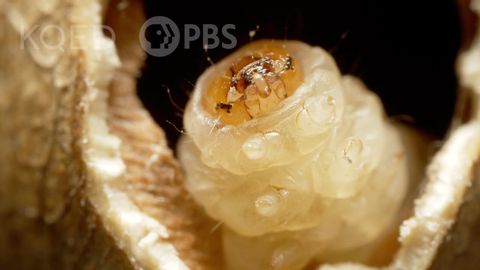Why Did the Mexican Jumping Bean Jump? | Deep Look
shihwun が 2021 年 09 月 27 日 に投稿  この条件に一致する単語はありません
この条件に一致する単語はありませんUS /fɔrs, fors/
・
UK /fɔ:s/
- n.軍隊;力;強制;武力;影響力;勢い;警察
- v.t.強要する;こじ開ける;促成栽培する
US /ɪkˈspɛrəmənt/
・
UK /ɪk'sperɪmənt/
- n. (c./u.)実験;試み
- v.t./i.実験をする;試みる
- n. (c./u.)気持ち;分別ある判断力;意味
- v.t./i.(感覚器官で)感知する : 気づく;感じる
- v.t./i.こそこそする;こっそりと取る/あげる
- v.i.こそこそする
- n. (c.)秘密を漏らす人
エネルギーを使用
すべての単語を解除
発音・解説・フィルター機能を解除

